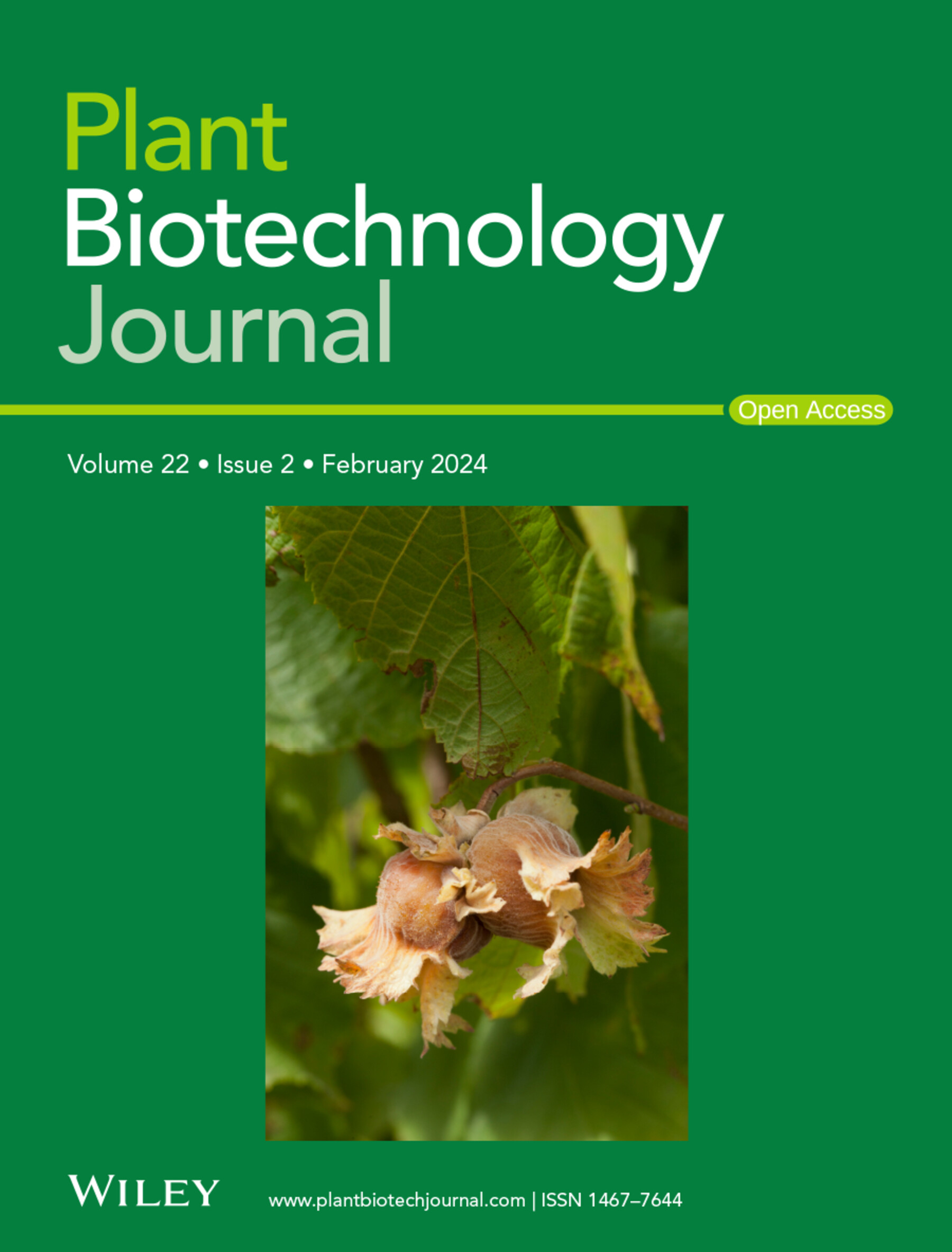Maternal haploid induction in maize via mutation of Gamete Expression protein 1
IF 10.1
1区 生物学
Q1 BIOTECHNOLOGY & APPLIED MICROBIOLOGY
引用次数: 0
Abstract
SummaryDoubled haploid (DH) technology, based on haploid induction (HI), is a crucial tool in enhancing crop‐breeding efficiency and has been successfully applied in various plant species. While many HI‐related genes have been identified using diverse strategies, the genetic basis and molecular mechanisms underlying HI remain incompletely understood. In this study, we present a novel system for inducing haploid offspring through targeted mutagenesis of the求助全文
约1分钟内获得全文
求助全文
来源期刊

Plant Biotechnology Journal
生物-生物工程与应用微生物
CiteScore
20.50
自引率
2.90%
发文量
201
审稿时长
1 months
期刊介绍:
Plant Biotechnology Journal aspires to publish original research and insightful reviews of high impact, authored by prominent researchers in applied plant science. The journal places a special emphasis on molecular plant sciences and their practical applications through plant biotechnology. Our goal is to establish a platform for showcasing significant advances in the field, encompassing curiosity-driven studies with potential applications, strategic research in plant biotechnology, scientific analysis of crucial issues for the beneficial utilization of plant sciences, and assessments of the performance of plant biotechnology products in practical applications.
 求助内容:
求助内容: 应助结果提醒方式:
应助结果提醒方式:


